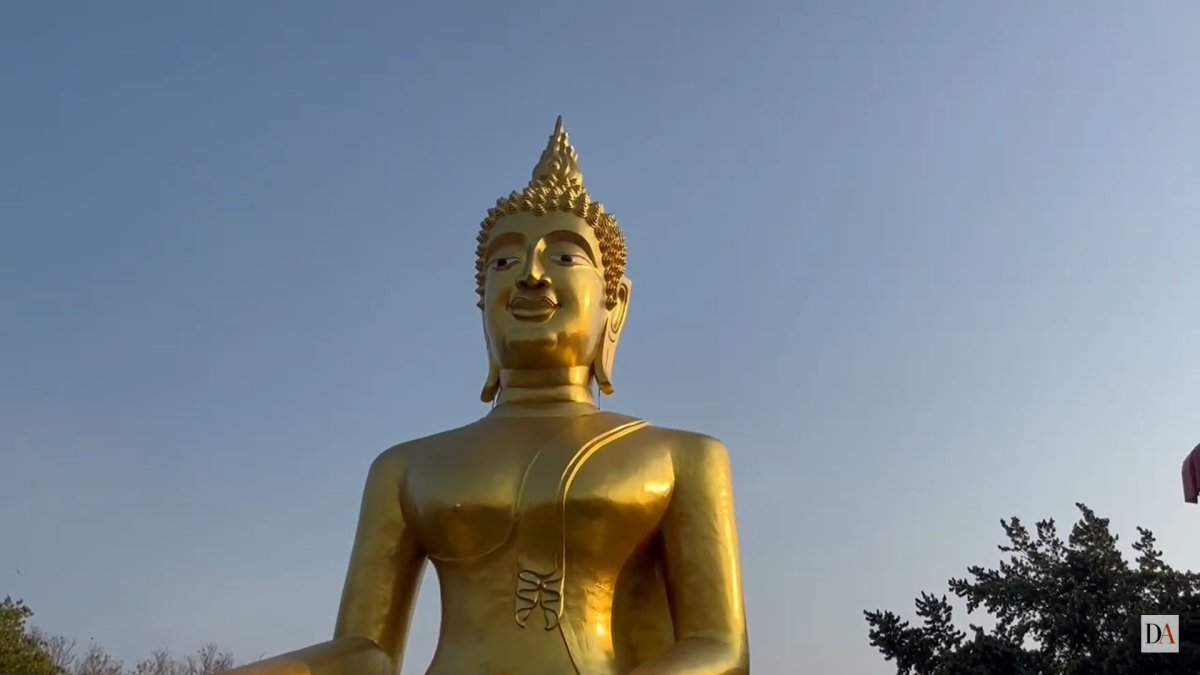
The University Senate at San Diego State University voted Thursday to postpone any decision on declaring impaction until its March 4 meeting.
The Senate directed a subcommittee of the Academic Policy and Planning Committee to form a list of principles to guide enrollment management practices before the March meeting.
“The (guiding) principles will give us an idea of where we want to go with enrollment management,” said Senate chairman Gene Lamke. “We need to have an idea of what that is before we can devise a list of supplementary criteria.”
The guiding principles could include aspects of campus diversity, how fast the campus wants to grow, how fast particular programs want to grow, the desired workload of faculty and staff, and goals to increase capacity in order to serve as many students as possible.
When the list of guiding principles is formed, the Senate will then decide if impaction fits in with the needs and goals of the campus. If it does, then the Senate will form a more specific list of supplementary criteria to limit the number of students who are accepted at SDSU.
Students or faculty who wish to make suggestions on what the guiding principles should be can e-mail the committee at: rcarlson@mail.sdsu.edu.
The Senate also passed a proposal by AP&P to rewrite SDSU’s policy on disqualification, which could affect more than 1,000 students currently on academic probation.
Under the new policy, students who earn less than a 2.0 grade-point average for one semester will be placed on academic probation. If the student on probation fails to earn at least a 2.0 GPA at SDSU for any semester while on probation, he or she could be subject to disqualification.
Students will also be eligible for disqualification if they still have less than a 2.0 GPA in all work attempted at SDSU at the end of their third semester on probation.
Students and faculty raised questions regarding the motives for rewriting the policy.
“Are we doing this because the policy needs to be rewritten, or are we doing it as a way to control enrollment?” asked Associated Students President Guillermo Mayer. “Mixing these two issues makes me uncomfortable.”
AP&P chairmman John Penrose replied it was a combination of the two, saying that the California State University Chancellor’s Office has been suggesting for awhile that language of the policy be more specific.
Even more debate, however, was sparked over the proposed reinstatement policy, which would be used when readmitting students after disqualification.
After an hour debate over the specific wording of the new policy, the Senate voted to send the proposal back to AP&P to make it more specific before the March 4 meeting.
The disagreement arose over how many conditions should be satisfied before a student is considered for readmittance after disqualification.
Originally, the committee wanted reinstatement to be considered only if two semesters had passed, the elapsed conditions causing the poor performance had been taken care of, and sufficient baccalaureate course work in another academic institution had been completed at a satisfactory level.
The Senate couldn’t decide whether or not it wanted to require all three, only one, or only the first requiring a year of absence plus one of the last two conditions.
“Students don’t always realize that it takes time to change their behavior,” said Bonnie Anderson, who works in undergraduate studies.






